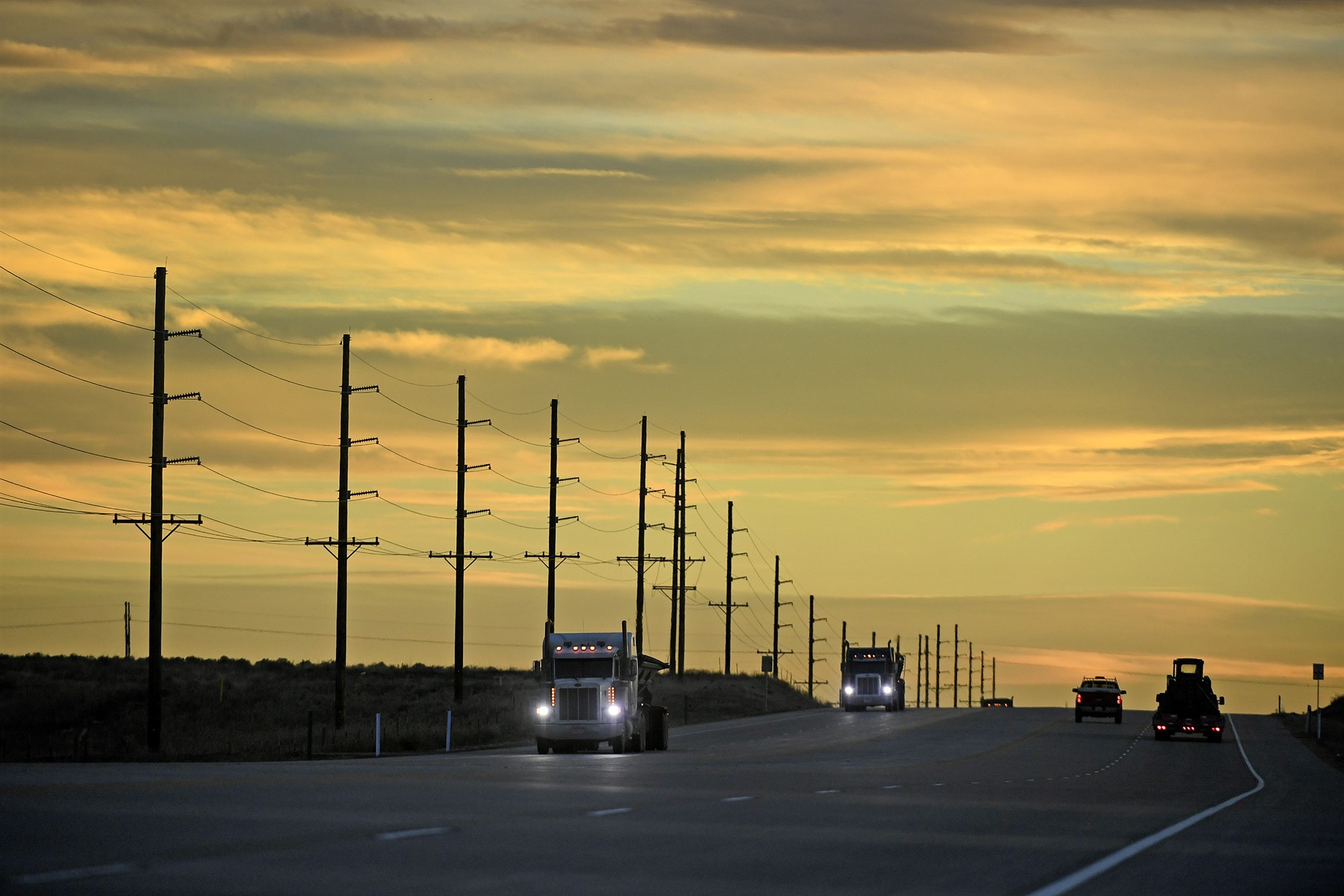Nearly 200 years after the first freight cars carried goods over railroads, the country is in the middle of a new revolution in transportation and commerce fueled by the pandemic — online shopping delivery.
Millions of people have relied on e-commerce to get everything from toilet paper to groceries to puzzles to sweatpants during the pandemic. Online retail sales were up by 32 percent over last year, a figure that wasn’t expected until 2022, according to the digital research company eMarketer.
“If the pandemic were to continue or a vaccine was distributed right away, it really doesn’t change anything, because this was a train already moving down the track,” said Rich Thompson, who leads the global supply chain and logistics solutions team for the commercial real estate company JLL. “It’s just now accelerating.”
The surge in online shopping led Amazon to add delivery trucks and limit inventory. Target increased the number of employees dedicated to packing products bought online and mandated overtime at some warehouses. Walmart rolled out popup distribution centers to help deliver online orders during the holiday shopping season.
It all adds up to a historic expansion of delivery networks that rivals the railroad boom of the 19th century, Thompson said.
“Parcel deliveries are akin to the creation of the American railroad system,” he said. “These alternative logistics providers are trying to create a private delivery network across the country — because that’s what we need.”
After decades of consolidation and labor abuse, railroad companies broke up into competing entities in the early 20th century as the federal government enacted antitrust legislation and created the Federal Trade Commission to enforce laws that promoted industrywide competition.
